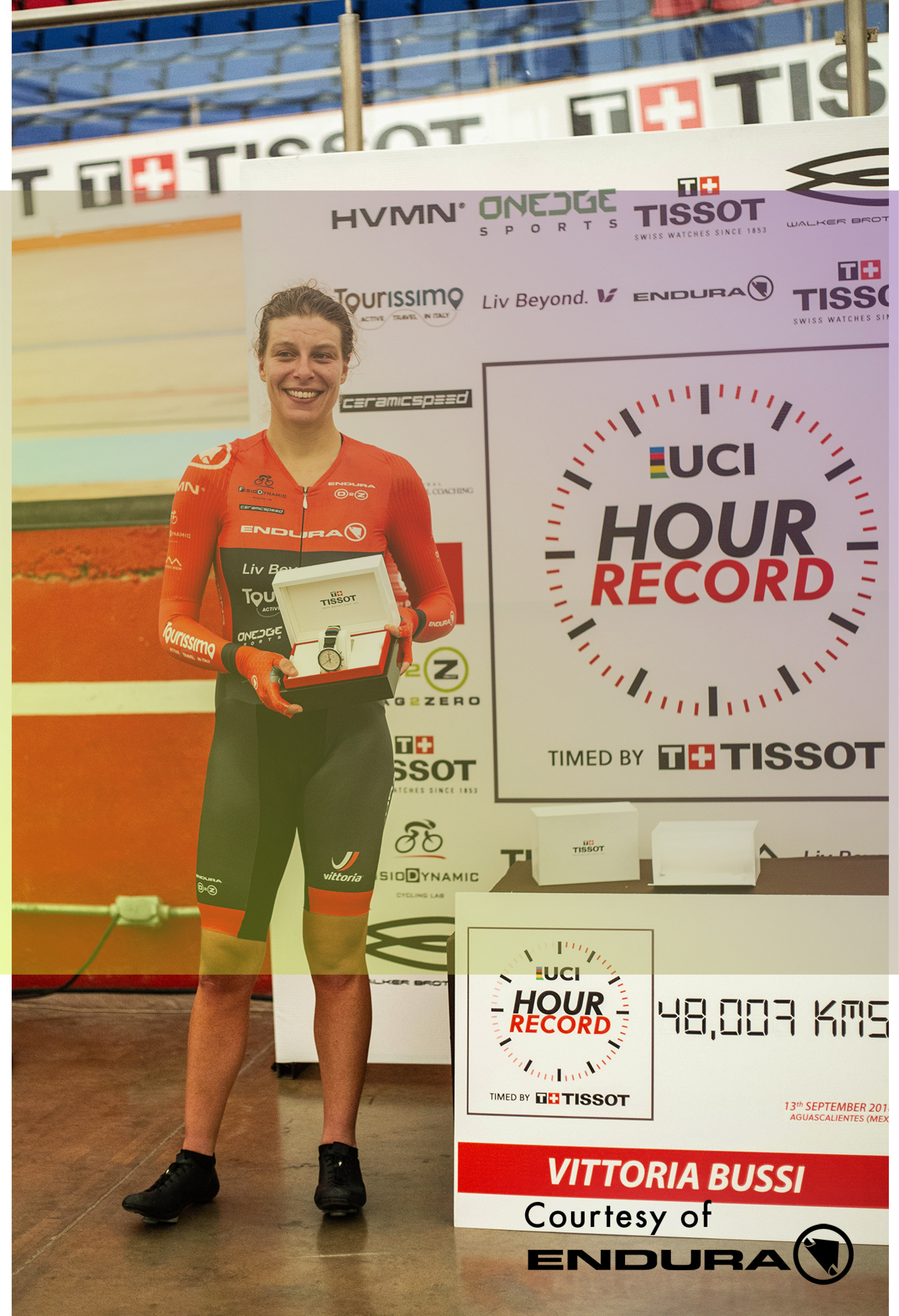
+44 (0) 789 078 2329
6 'Pro' ways to use a Power Meter
Determine your strengths and weaknesses. When you have used your power meter for a while and recorded data that includes maximal efforts of a variety of durations (or with specific testing) it is possible to construct a power curve, showing your best power performances from 1s right the way through to your longest ride. This can help identify your strengths and weaknesses compared to your competitors. A sprinter would be expected to rank highly in the shorter durations, while a time trial specialist or a triathlete would be better at longer duration powers. Your training can be planned accordingly to minimise your weaknesses and maximise your strengths! Keep a track of your fitness and fatigue. By training with a power meter on every ride we get a very accurate picture of your current training load and how it compares to your training history. Different training software have their own metrics to monitor this and this can be useful to predict performance and avoid overtraining based on the 'Training Stress Score' of each ride. Calculate your power to weight ratio (w/kg). It's easy to get too focussed on the weight side of this equation, but losing too much weight can be counterproductive. As well as health issues from extreme weight loss, even losing a little too much weight can impact on muscle mass and therefore your power. Training with a power meter and monitoring your power curve can help to detect this and therefore truly maximise your w/kg! Ensure you are eating enough! Hidden somewhere on your Garmin or Wahoo pages you'll see a kJ field. This is a measure of the amount of energy you have put in to the pedals on that ride. However, since a cyclist is approximately 25% efficient, in reality your body has expended around 4x that amount of energy. There's no need to worry about the maths though. S ince there are 4.184 kJ in one kcal (the Calories we more often talk about as a measure of 'food energy'), the kJ you see on your computer are pretty much equal to the kcal of 'food energy' you have expended. Did you eat enough? Tracking kJ expended in a ride is also a more accurate measure of how hard you've trained than simply the number of hours or distance you've ridden, as it takes into account both the duration and intensity of a ride. Race strategy. Whether it's a time trial or triathlon and you need to ensure you don't start off too hard, or a World Tour race where you know you need to save some matches for the final hour, training with a power meter can help. Professional riders often track kJ or Training Stress Score DURING a race to track how hard it has been for them and others and decide when to launch that race-winning attack. Training with a power meter can be particularly useful in time trials. If you know you can sustain 300w for a 10-mile time trial use your power meter to make sure you don't start off at an adrenaline fuelled 350w. If it's a hilly course like the 2021 British Cycling National Championships we can help design a pacing strategy and then try it in training to get everything out and not 'blow up'. While the wind tunnel testing used by the pros might not be within the price range of many of us, you can do some useful testing yourself with just your power meter and a wise choice of roads (or preferably a velodrome, either indoors or out!). By making careful and repeated measurements of your speed at a set power output you can test which equipment or body position gives you the fastest speed for a given power output. If you want to take it further it’s possible to geek out and work out your coefficient of aerodynamic drag, or CdA. While we mentioned power to weight ratio in point 3, you can also calculate w/CdA for your goal event, which is a better performance predictor than w/kg for most time trial events. But simply seeing if a certain position or equipment choice is faster or slower for you personally is fairly simple and at the end of the day what matters is whether you’re going faster right!?



